11 Popular Indoor Plants With Hidden Dangers
Many popular houseplants add beauty to our homes, but some can be surprisingly dangerous if ingested by pets or children. While they may look harmless, these plants contain toxins that can cause severe reactions, ranging from mild irritation to life-threatening symptoms. It is essential to know which plants pose risks so you can protect your family and pets. In this guide, we will explore the dangers of certain common houseplants and offer tips on how to keep your home safe. Whether you have curious pets or young children, being aware of these risks can help prevent accidental poisoning.
This post may contain affiliate links, which helps keep this content free. Please read our disclosure for more info.
Peace Lily (Spathiphyllum)
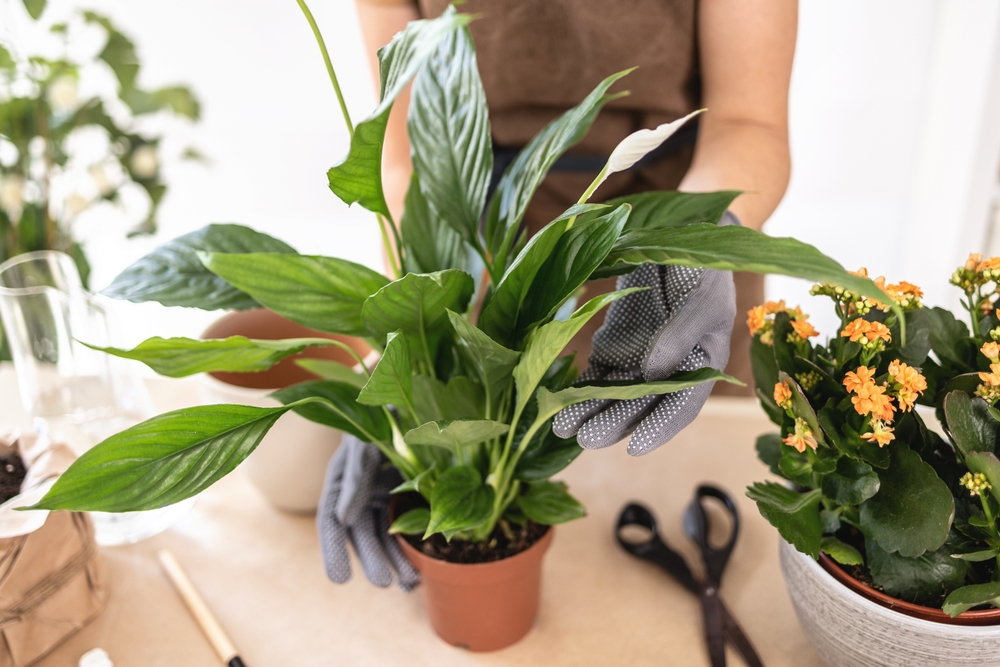
The Peace Lily is a beautiful houseplant that’s often found in homes and offices due to its attractive white blooms and air-purifying properties. However, it’s important to note that this plant is toxic to both pets and children if ingested. The Peace Lily contains calcium oxalate crystals, which can cause immediate irritation upon contact with the mouth, throat, or digestive system. Symptoms of poisoning typically include burning sensations, swelling, and difficulty swallowing.
In more severe cases, especially when large amounts are ingested, Peace Lilies can lead to gastrointestinal issues such as vomiting, drooling, and diarrhea. In pets, particularly cats and dogs, the ingestion of these crystals can cause even more distress, leading to labored breathing, increased salivation, and potential organ damage if not treated promptly. To keep your family and pets safe, it is advisable to keep Peace Lilies out of reach or opt for pet-friendly plants.
Philodendron
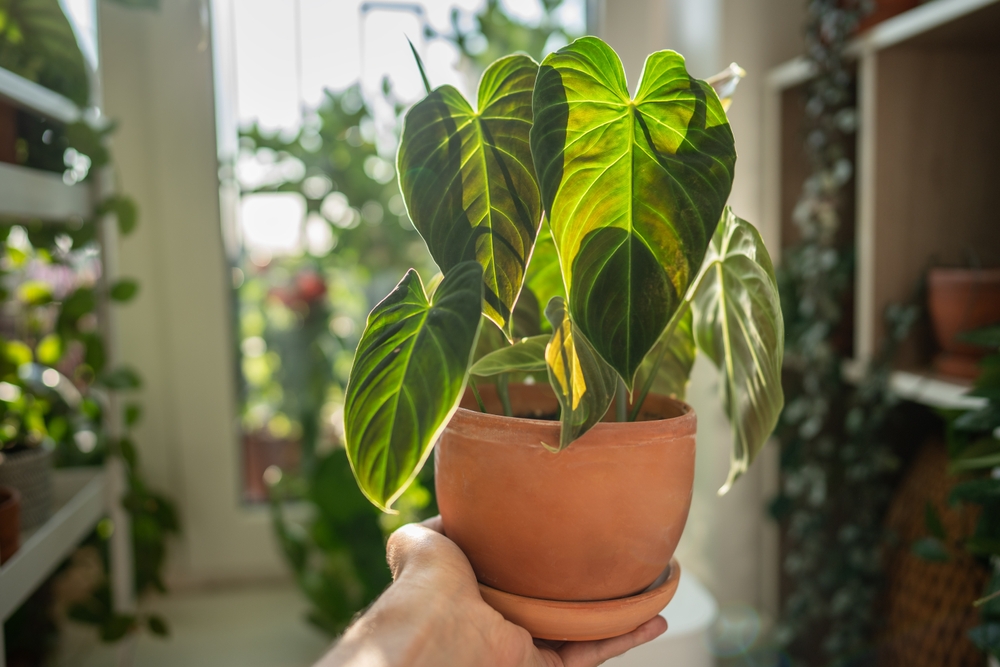
Philodendrons are popular houseplants known for their easy care and unique, glossy leaves. Despite their aesthetic appeal, they contain calcium oxalate crystals, which are highly toxic when ingested. If a child or pet chews on the plant, these crystals can cause intense oral irritation, pain, and swelling of the lips, tongue, and throat. The affected individual may also experience excessive drooling and difficulty swallowing, which can be particularly concerning in young children or curious pets.
Ingesting a significant amount of the plant can lead to further complications, such as gastrointestinal discomfort, vomiting, and diarrhea. The irritation can also extend to the digestive system, resulting in a more severe reaction. While Philodendrons are not typically fatal, the discomfort caused by ingestion can be significant, and immediate veterinary or medical care is necessary to manage the symptoms effectively.
Monstera (Monstera Deliciosa)

The Monstera Deliciosa, also known as the Swiss Cheese Plant, is loved for its unique foliage and rapid growth. However, like many other houseplants, the Monstera contains calcium oxalate crystals that are toxic when consumed. If ingested, the crystals cause intense irritation in the mouth and throat, leading to symptoms such as swelling, drooling, and difficulty swallowing. In pets and children, this can cause considerable distress and discomfort.
In more severe cases, consuming a large portion of the plant can lead to gastrointestinal upset, including vomiting and diarrhea. The toxins in the Monstera can also cause further complications, especially in pets with smaller body sizes, such as dogs and cats. While it may not be fatal, the plant poses a serious risk to the health of your family and pets, and ingestion should be treated as an urgent situation that requires prompt attention.
Oleander (Nerium Oleander)
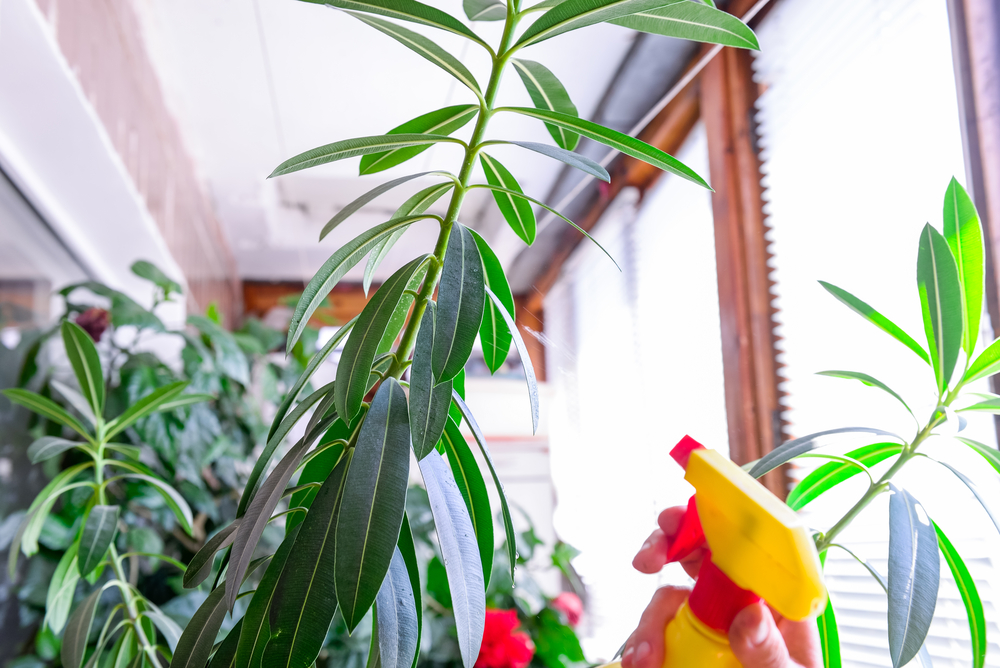
Oleander is a strikingly beautiful plant known for its vibrant flowers, but it is also one of the most dangerous plants you can have in your home or garden. Every part of the Oleander plant is toxic, containing compounds that affect the heart and can lead to severe poisoning. If ingested, even small amounts can cause symptoms such as nausea, vomiting, and abdominal pain. Ingesting larger amounts can result in life-threatening conditions such as heart irregularities, organ failure, and, in some cases, death.
Children and pets are especially vulnerable to Oleander poisoning, as they may mistake the plant’s flowers or leaves for something edible. The toxins affect the cardiovascular system, leading to irregular heartbeats, and can cause fatal consequences if left untreated. If you suspect that someone has ingested Oleander, it is crucial to seek immediate medical attention, as early intervention can be the difference between recovery and severe health issues.
Snake Plant (Sansevieria Trifasciata)
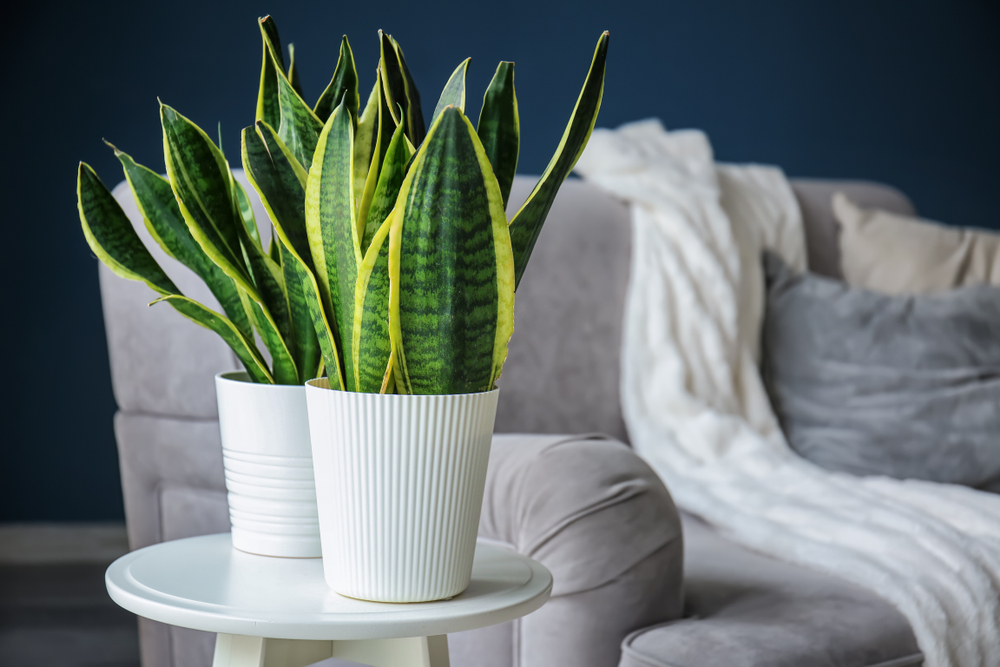
The Snake Plant is a popular, low-maintenance houseplant known for its upright, sword-like leaves and air-purifying qualities. While it is generally safe for adults, it poses a risk to pets, especially cats and dogs. The Snake Plant contains saponins, compounds that are toxic when ingested. If a pet or child chews on the plant, it can cause symptoms such as nausea, vomiting, and diarrhea.
The severity of the symptoms typically depends on the amount ingested, but even small amounts can lead to digestive upset. In pets, this can also result in lethargy and drooling. While Snake Plants are not typically fatal, they should be kept out of reach of curious pets and children to avoid unnecessary discomfort and the potential for more serious health issues.
Dieffenbachia (Dumb Cane)
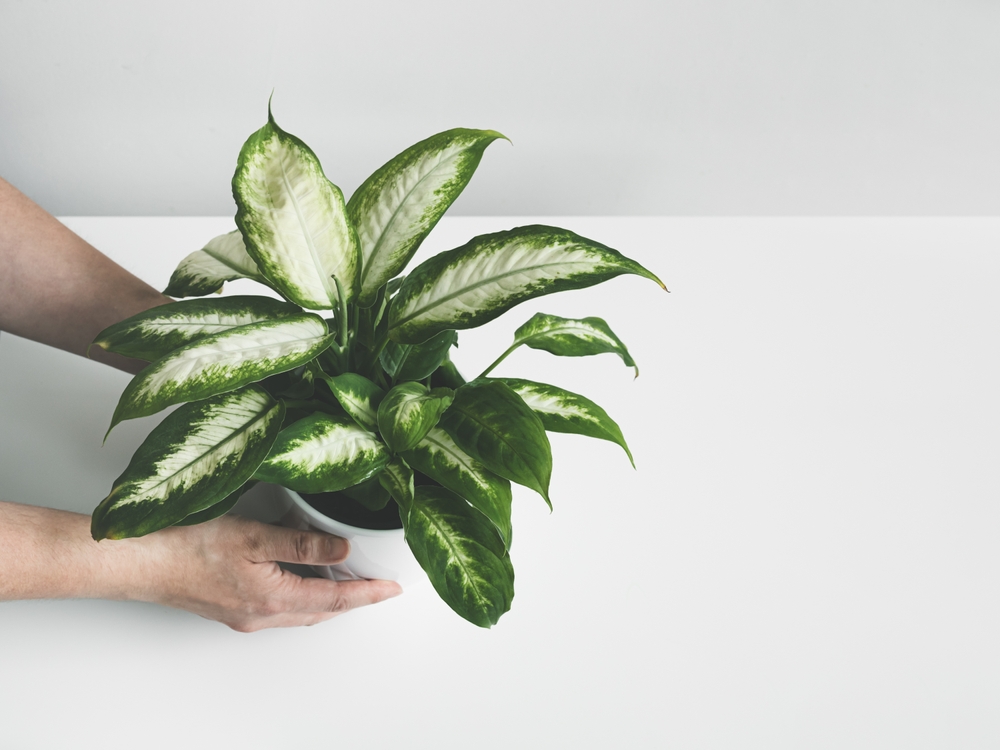
Dieffenbachia, commonly known as Dumb Cane, is another toxic houseplant that poses risks to pets and children. It contains insoluble calcium oxalates, similar to other toxic plants like Philodendrons and Peace Lilies. If ingested, these crystals cause immediate pain and swelling in the mouth, throat, and digestive tract. In more severe cases, swallowing a large piece of the plant can cause difficulty breathing, choking, and digestive upset.
The plant earned the nickname “Dumb Cane” due to its potential to cause temporary loss of speech and swelling of the throat if consumed, making it particularly dangerous for children who may not recognize its toxicity. Immediate medical attention is required if ingestion occurs, and the symptoms can be alleviated with proper care. To prevent accidental ingestion, it is crucial to place Dieffenbachia in an area that is not accessible to young children or pets.
Azalea (Rhododendron spp.)
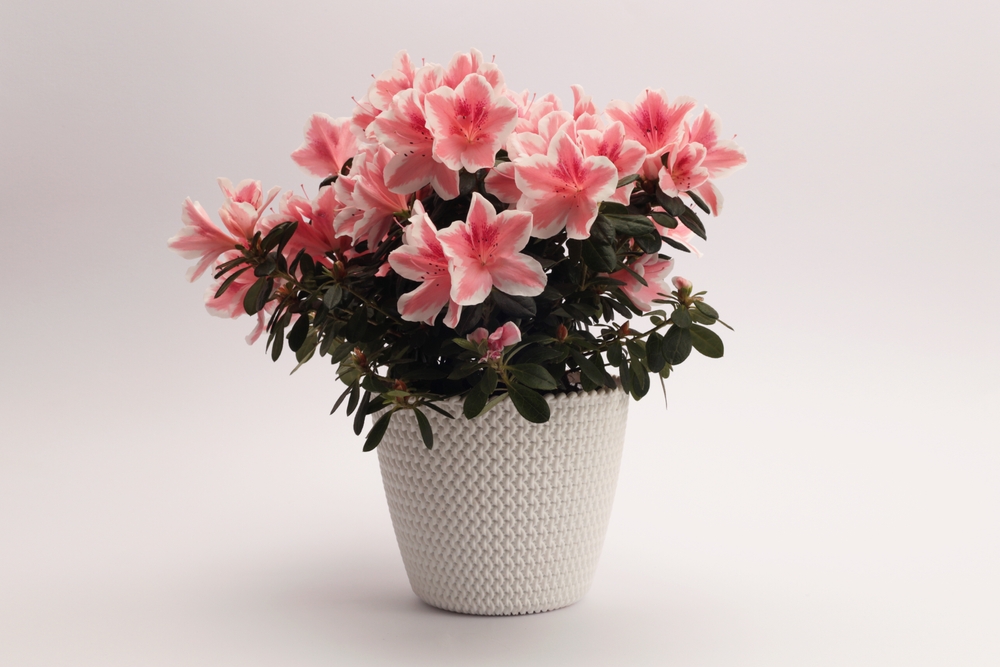
Azaleas are beautiful flowering shrubs that are commonly used in gardens, but they are toxic when ingested by both pets and children. The plant contains grayanotoxins, which affect the heart and nervous system. If a pet or child eats any part of the plant, they may experience symptoms such as drooling, vomiting, diarrhea, and lethargy. In severe cases, the toxins can cause more serious effects, including heart irregularities and even death.
The risk is particularly high for dogs, cats, and smaller animals, but children who come into contact with the plant may also experience significant symptoms. While azaleas are rarely fatal, their toxins can cause prolonged discomfort and potentially serious health issues. If ingestion occurs, it is essential to seek immediate medical treatment to prevent further complications.
English Ivy (Hedera Helix)
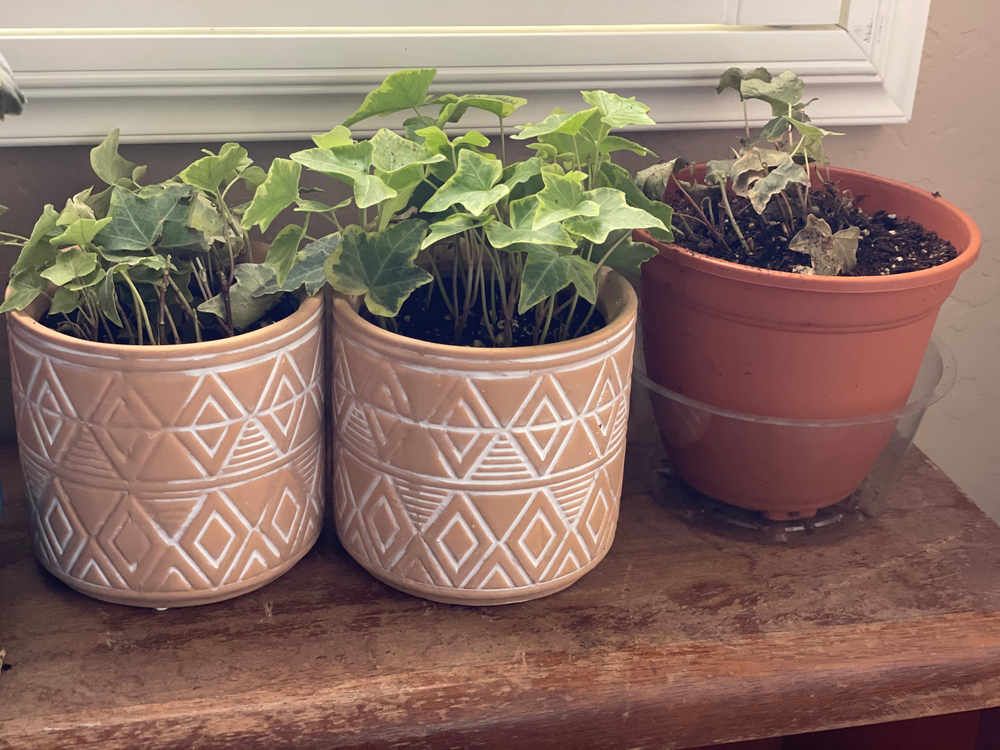
English Ivy is a common houseplant known for its trailing vines and glossy leaves. Unfortunately, it is also toxic to both children and pets. The plant contains saponins, which cause gastrointestinal distress when ingested. Symptoms of poisoning include drooling, nausea, vomiting, and diarrhea. In severe cases, the toxins in English Ivy can also affect the nervous system, causing drowsiness and a lack of coordination.
Pets, particularly dogs and cats, are especially at risk since they may chew on the plant or its leaves, especially when it is easily accessible. For young children, exposure to English Ivy can lead to similar symptoms, and large quantities can be dangerous. It’s essential to keep this plant out of reach of curious hands and paws to avoid the potential health risks associated with ingestion.
Calla Lily (Zantedeschia spp.)
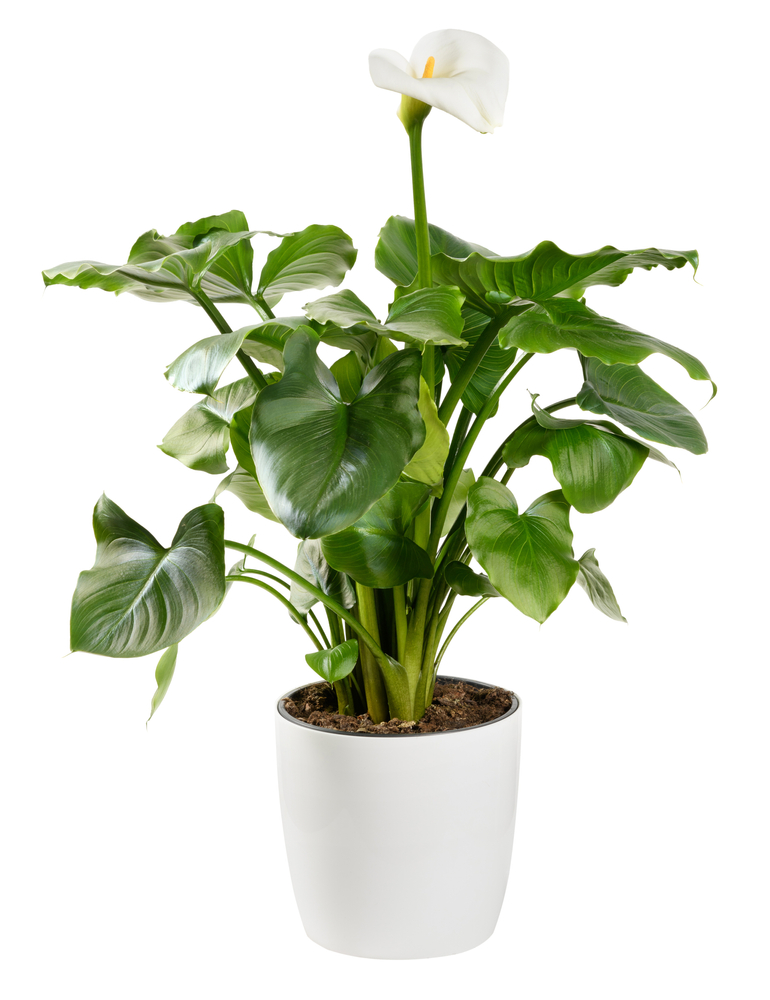
Calla Lilies are a popular choice for home décor due to their elegant, trumpet-shaped flowers. However, they are toxic to both pets and children if consumed. Calla Lilies contain oxalate crystals, which can cause immediate irritation to the mouth and throat. Swelling, drooling, and a burning sensation are common symptoms of poisoning, and larger ingestions can lead to more severe gastrointestinal distress.
While Calla Lilies are not as toxic as some other plants, the ingestion of even small amounts can cause considerable discomfort. In pets, symptoms can range from mild drooling to more severe issues such as difficulty swallowing and vomiting. For the safety of both pets and children, it’s important to keep Calla Lilies out of reach and seek medical attention if any symptoms arise after ingestion.
Autumn Crocus (Colchicum Autumnale)
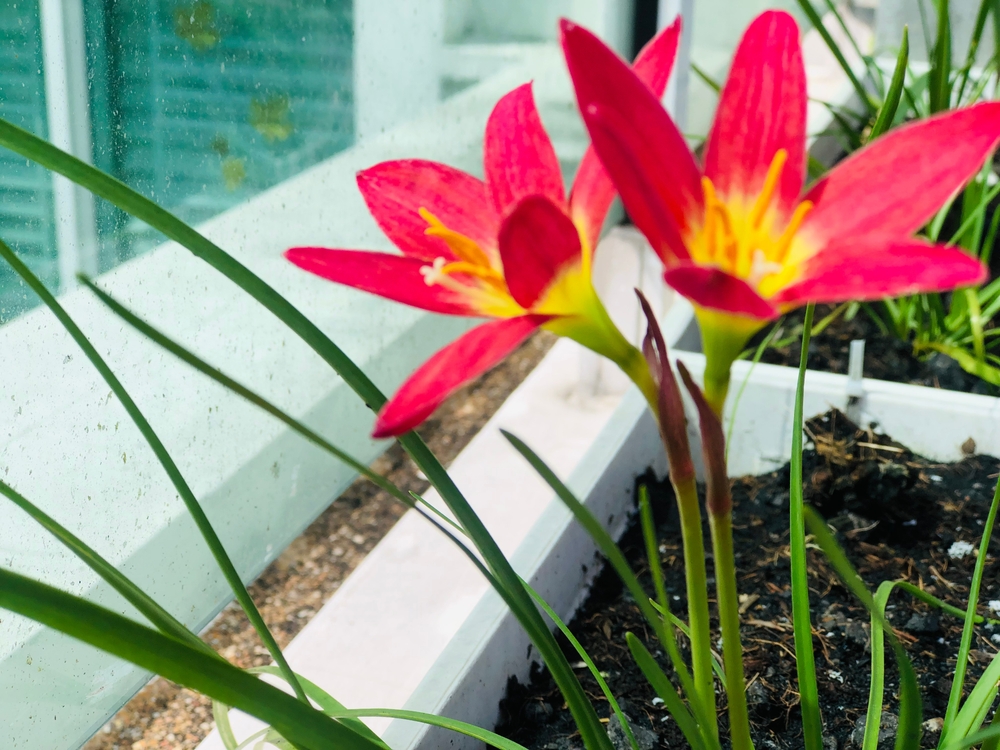
The Autumn Crocus is a striking plant with purple flowers that bloom in the fall, but it is highly toxic to both pets and humans. It contains colchicine, a potent toxin that affects the gastrointestinal system, liver, and kidneys. Ingesting any part of the plant can lead to severe symptoms, including vomiting, diarrhea, and abdominal pain. If left untreated, colchicine poisoning can lead to organ failure and death.
The Autumn Crocus is particularly dangerous for pets, especially those that may chew on the flowers or leaves. Children may also be at risk if they come into contact with the plant, particularly in outdoor areas. Given its toxicity, it is crucial to keep this plant away from children and pets, and immediate medical attention should be sought if poisoning is suspected.
Kalanchoe (Kalanchoe spp.)
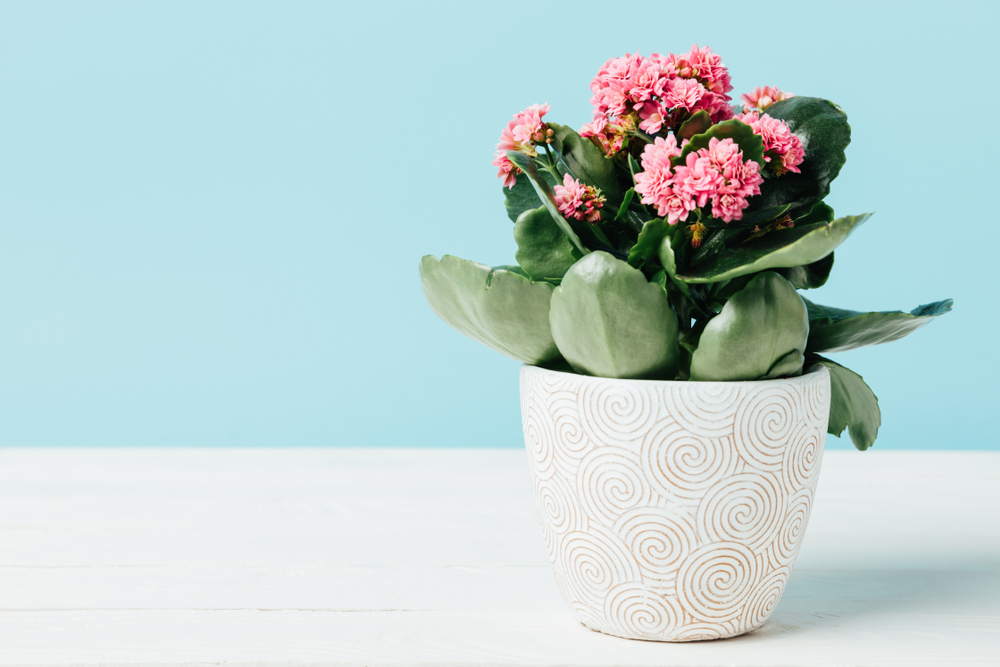
Kalanchoe is a popular succulent known for its colorful, tubular flowers, but it is toxic to both pets and children. The plant contains compounds called bufadienolides, which can cause symptoms such as vomiting, diarrhea, and lethargy if ingested. In pets, particularly dogs and cats, Kalanchoe ingestion can also lead to heart arrhythmias and, in extreme cases, even death.
While the plant’s toxicity may not always result in fatal consequences, the symptoms can still be quite severe, requiring immediate treatment to prevent further complications. Children who ingest parts of the plant may experience stomach upset and discomfort, and in rare cases, more serious effects on the heart. As a precaution, Kalanchoe should be kept in a secure location where pets and young children cannot access it.
This article originally appeared on Avocadu.
